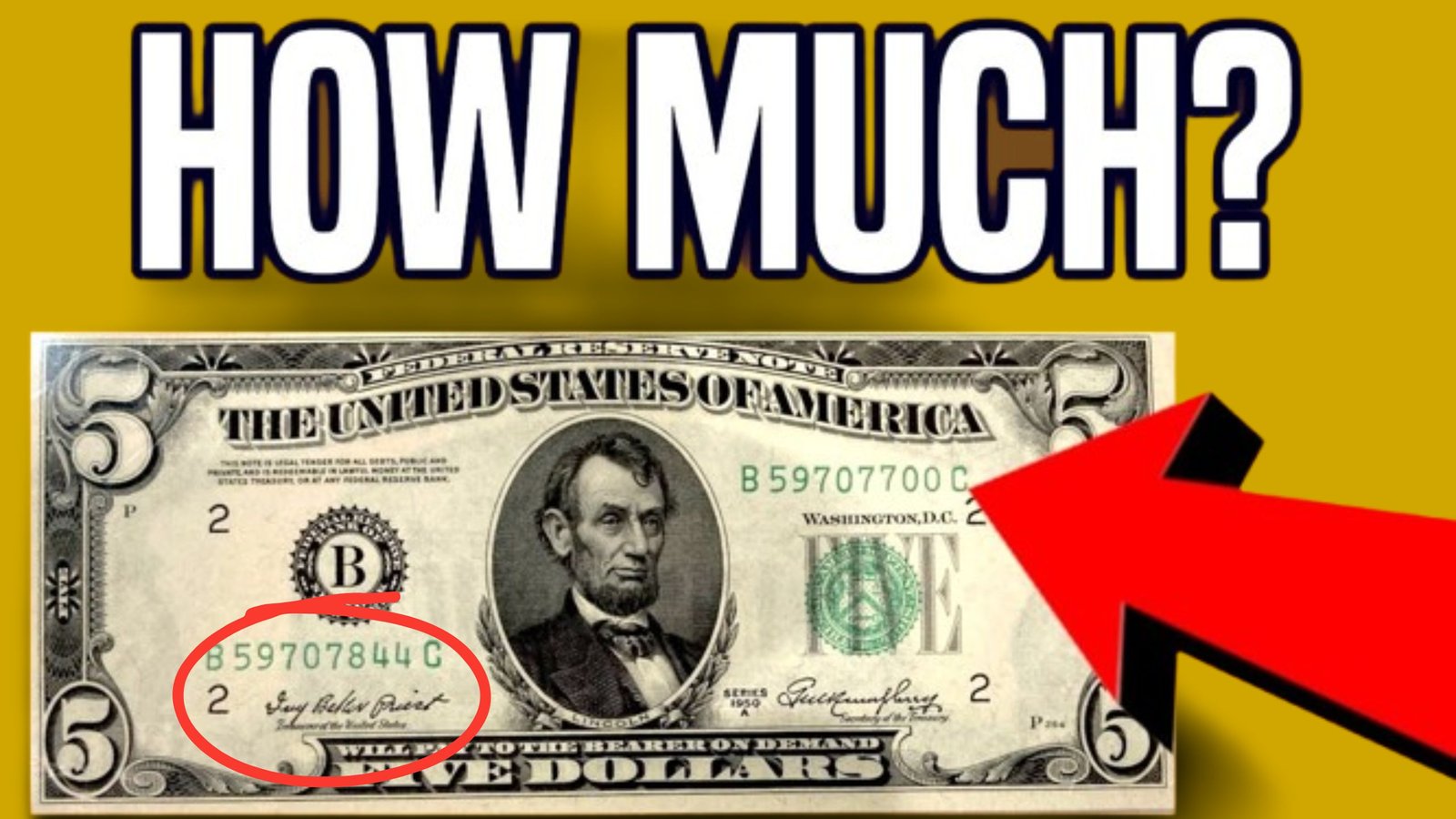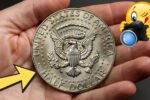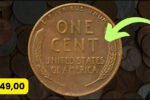1995 $5 Bill : Most of us carry cash without giving it more than a glance. But certain rare misprints can turn an ordinary bill into a collector’s item worth far more than its face value. One of the most intriguing examples is the 1995 series $5 bill with an upside-down seal. Here’s how to know if you have one, why it’s valuable, and what to do if you find it.
$1,702 Stimulus Payment for Everyone – October 2025 Full Payment Schedule
What Is an Upside-Down Seal Error?
On every U.S. bill, the Department of the Treasury seal is printed on the right-hand side of the note. Normally, the seal faces upright, matching the orientation of the rest of the bill. However, on a very small number of 1995 $5 bills, a printing mistake caused the green Treasury seal to be rotated 180 degrees — appearing upside down.
This type of printing error is known as a seal misalignment or inverted seal error. Because quality control at the Bureau of Engraving and Printing is strict, such errors rarely leave the facility, which makes them highly collectible.
1995 $5 bill with an upside-down seal and related collectibles
| Item | Year | Type of Error / Feature | Key Identification | Estimated Value Range |
|---|---|---|---|---|
| $5 Bill with Upside-Down Seal | 1995 | Seal misalignment (inverted) | Green Treasury seal rotated 180° compared to note | $100 – $500+ depending on condition |
| $1 Bill with Star Note | Various | Replacement note | Star symbol next to serial number | $2 – $50+ depending on rarity |
| $2 Bill with Misaligned Printing | Various | Printing misalignment | Off-center portrait or serial numbers | $50 – $200+ depending on severity |
| 50¢ Coin with Double Die | Various | Die doubling | Letters or numbers appear doubled | $30 – $500+ depending on rarity |
| Lincoln Cent with Off-Center Strike | Various | Strike misalignment | Portrait or date off-center | $10 – $200+ depending on severity |
| Silver Dollar with Mint Error | Various | Planchet or strike error | Missing edge, clipped, or mis-struck coin | $100 – $1,000+ depending on type |
How to Identify a 1995 $5 Bill With an Upside-Down Seal
If you’re curious to check your wallet, here are the steps:
-
Look at the Series Year
-
The bill must say Series 1995 next to the portrait of Abraham Lincoln.
-
-
Find the Treasury Seal
-
The green seal is on the right side of the bill, near Lincoln’s portrait.
-
-
Check the Seal Orientation
-
On standard bills, the scale-and-key design in the center of the seal points upright.
-
On error bills, the seal is clearly rotated 180 degrees, making it appear upside down compared to the rest of the bill.
-
-
Verify the Condition
-
Collectors value bills that are crisp, clean, and free of folds or damage. Even if your bill is circulated, an upside-down seal error still carries a premium.
-
Why Is It Valuable?
-
Rarity: Very few bills with this mistake were released, making them scarce on the collector’s market.
-
Collector Demand: Currency enthusiasts pay a premium for misprints, especially obvious ones like an inverted seal.
-
Condition: A circulated note might fetch a few hundred dollars, while a pristine, uncirculated one can be worth much more.
What to Do If You Find One
-
Don’t Spend It — it’s worth more than $5!
-
Get It Verified — have it authenticated by a reputable currency dealer or grading service.
-
Consider Selling — auction houses, online marketplaces, or specialty dealers in error currency are common ways to sell.
Final Thoughts
The 1995 $5 bill with an upside-down seal is a reminder that even everyday objects can hide treasures. While most bills in your pocket are only worth face value, rare printing errors can turn a simple Lincoln note into a collector’s prize. So next time you handle cash, take a closer look—you might just be holding a piece of numismatic history.
FAQs: 1995 $5 Bill With an Upside-Down Seal
Q1. What is an upside-down seal error?
It is a printing mistake where the green Treasury seal on the $5 bill is rotated 180 degrees, appearing upside down compared to the rest of the bill.
Q2. How can I identify a 1995 $5 bill with this error?
-
The bill must be Series 1995.
-
The green Treasury seal on the right side of Lincoln’s portrait is inverted.
-
The rest of the bill is oriented normally.
Q3. Why is it valuable?
Because very few bills with this printing error were released, they are rare and in demand among collectors. The value depends on condition, ranging from a few hundred dollars for circulated notes to higher amounts for pristine bills.
Q4. Can I spend it at face value?
Yes, legally it is still worth $5, but collectors generally pay much more than face value for bills with this error.





